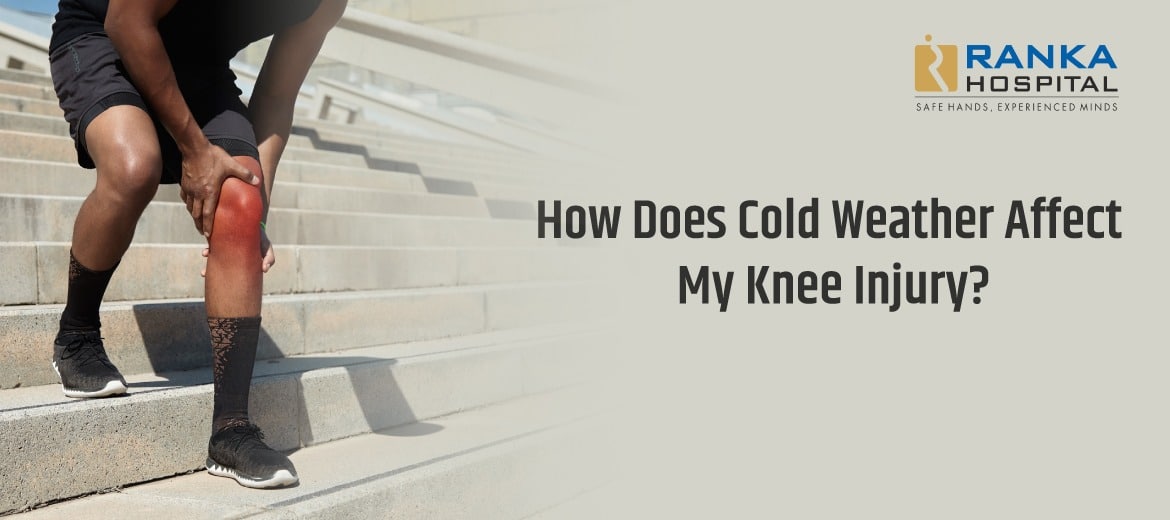How Does Cold Weather Affect My Knee Injury?
In India, winters refer to cool and pleasant weather. However, they also trigger many health concerns. The most common one among them is joint pain, and precisely, knee injury pain. Many people experience knee pain when the temperatures drop. But then how is temperature drop related to knee pain? What kind of knee injuries are more prone to trigger pain during winter, and how to reduce knee pain during winter? Let us answer these questions.
What Causes Knee Pain in winter?
Knee pain in winter is the result of several factors. Let us look at some of them.
- Nerve Sensitivity: Patients who experience adhesions, scarring, or inflammation usually have sensitivity within their nerves. When the temperatures drop, their knee joint nerves become increasingly sensitive.
- Barometric Pressure: This is one of the most common causes of knee ache in winter. The barometric pressure that decreases during the beginning of winter causes the gases and fluids within your knee to expand, exert pressure on the nerves, and cause pain.
- Joint Fluid Thickening: During winters, knee fluids that absorb shocks and impact begin to thicken. This increased thickness blocks the flow of fluids and results in knee stiffness and pain.
- Being Inactive: Out there, when it is cold, people tend to stay indoors and cozy. Prolonged periods of inactivity can hurt the knee joints and cause pain in the joints of such people.
Which Knee Injuries are Likely to Trigger Pain?
- Trauma: If your knees have suffered an injury in the past, during winters, your muscles require more effort to do movements and tasks that they otherwise perform quickly during summers. The result of this is a higher degree of damage to muscle tissues, along with increased soreness and pain.
- Runner’s Knee: Runner’s knee is the pressure exerted on knees during running. The downward pressure on the knee joint results in the kneecap rubbing against the thigh bone, thus leading to cartilage damage. Additionally, the temperature drops slow down the heart’s response rate. That can affect lubrication and cause stiffness. So, if you try to run harder or even at a normal pace, you will experience soreness and pain.
- Patellar Tendonitis: Referred to as the Jumper’s Knee, usually, it is between the kneecap and the thigh muscles to the shin bone. Here, you experience pain directly below the kneecap. So, when you jump or climb stairs, you will experience stiffness and weakness in the knees.
How to Reduce Knee Pain in Winter?
Now, how to prevent knee pain during winter? Well, you can relieve yourself of knee pain with a couple of pretty straightforward measures. Although yes, if knee pain persists for long or increases with time, you must consult an orthopedic doctor to undergo the appropriate treatment.
- Stay Warm: During cold weather, keep yourself warm by wearing warm clothes, taking warm showers, sleeping under an electric blanket, and maintaining the right temperature.
- Prevent Swelling: Use knee compression bands to reduce swelling and help enhance knee stability
Winters are almost here! If you already suffer from joint pain in winters, and you know household techniques do not work in your case, consult an orthopedic and get the best knee pain treatment in winter.

